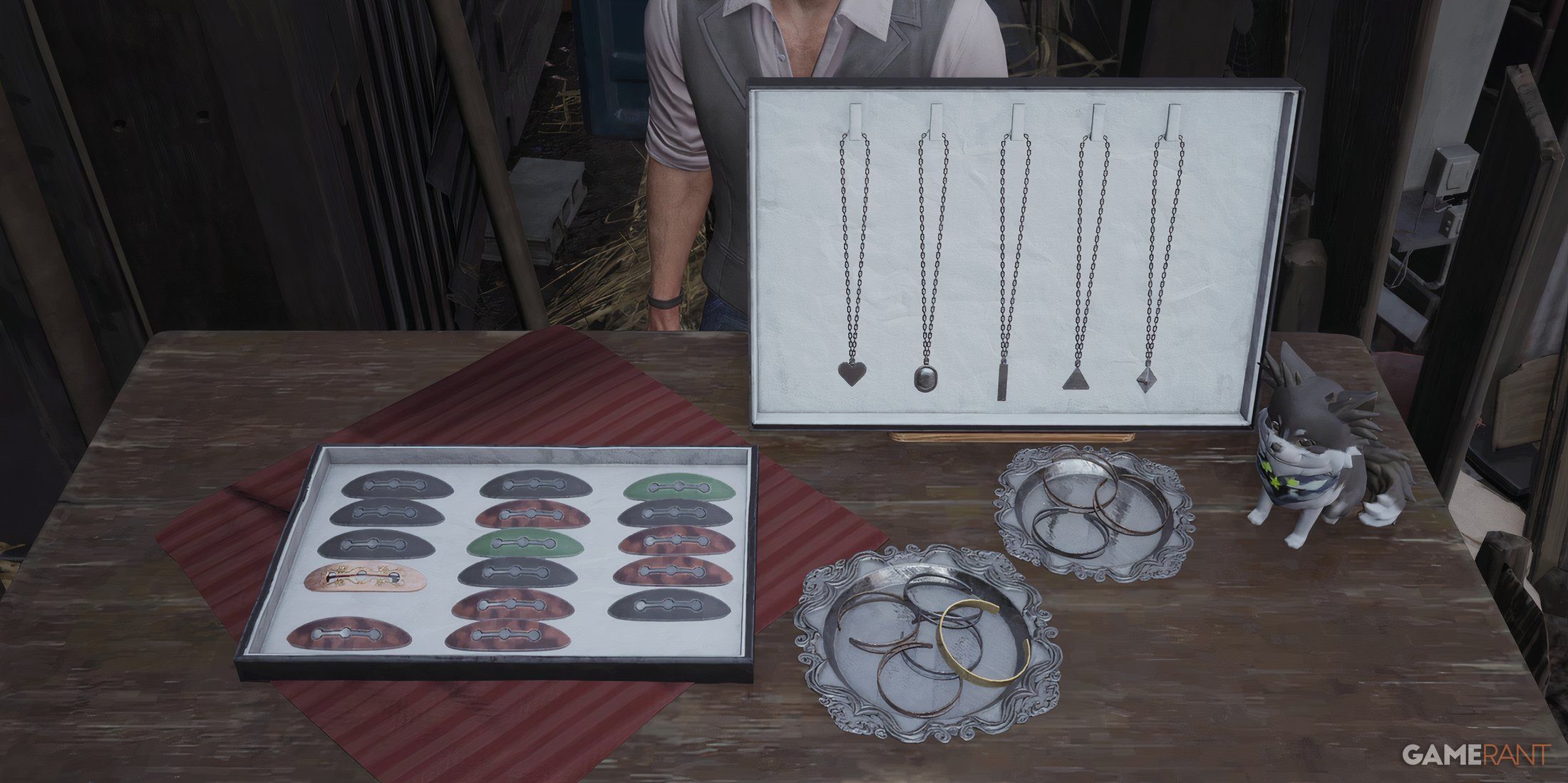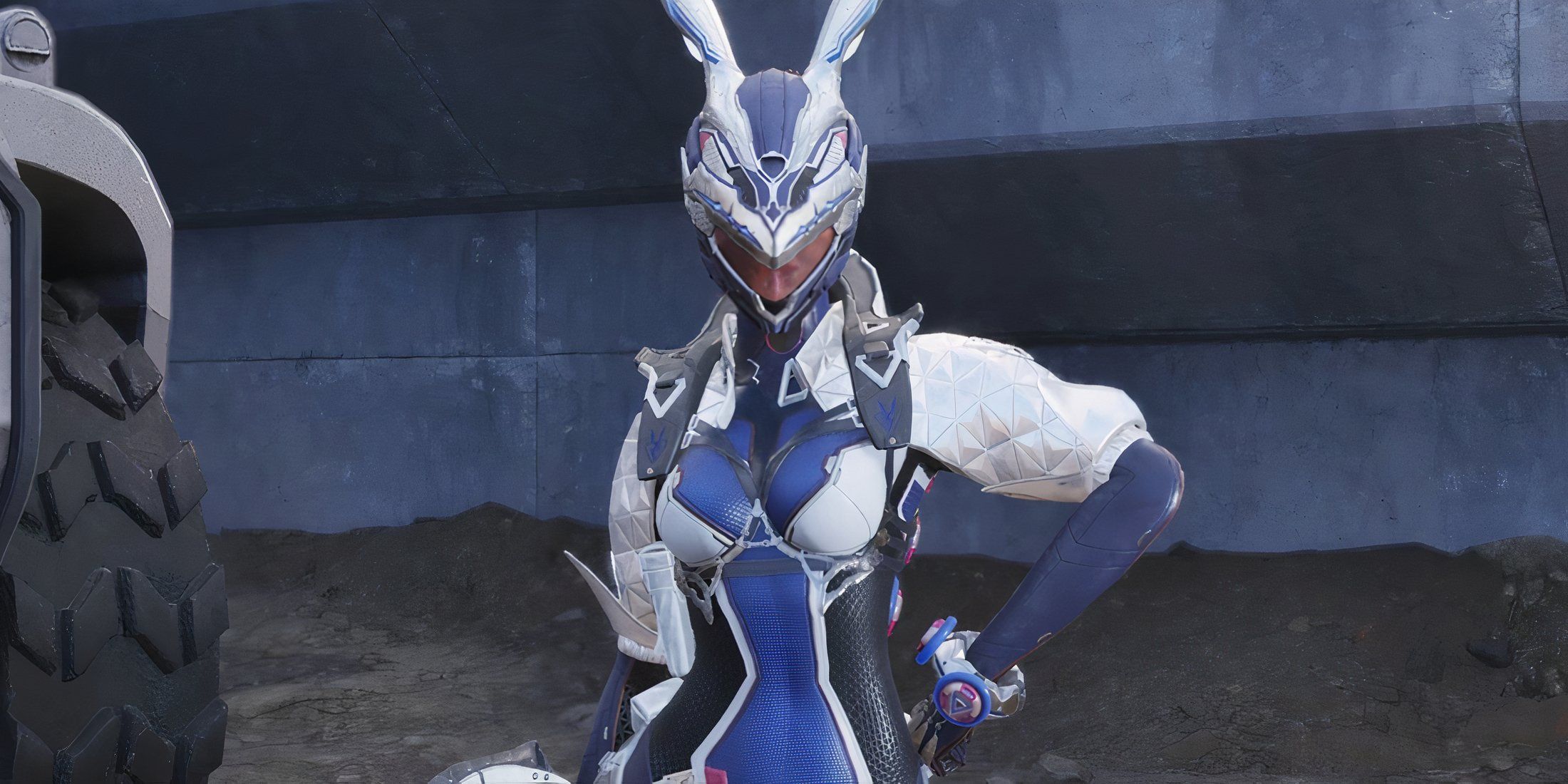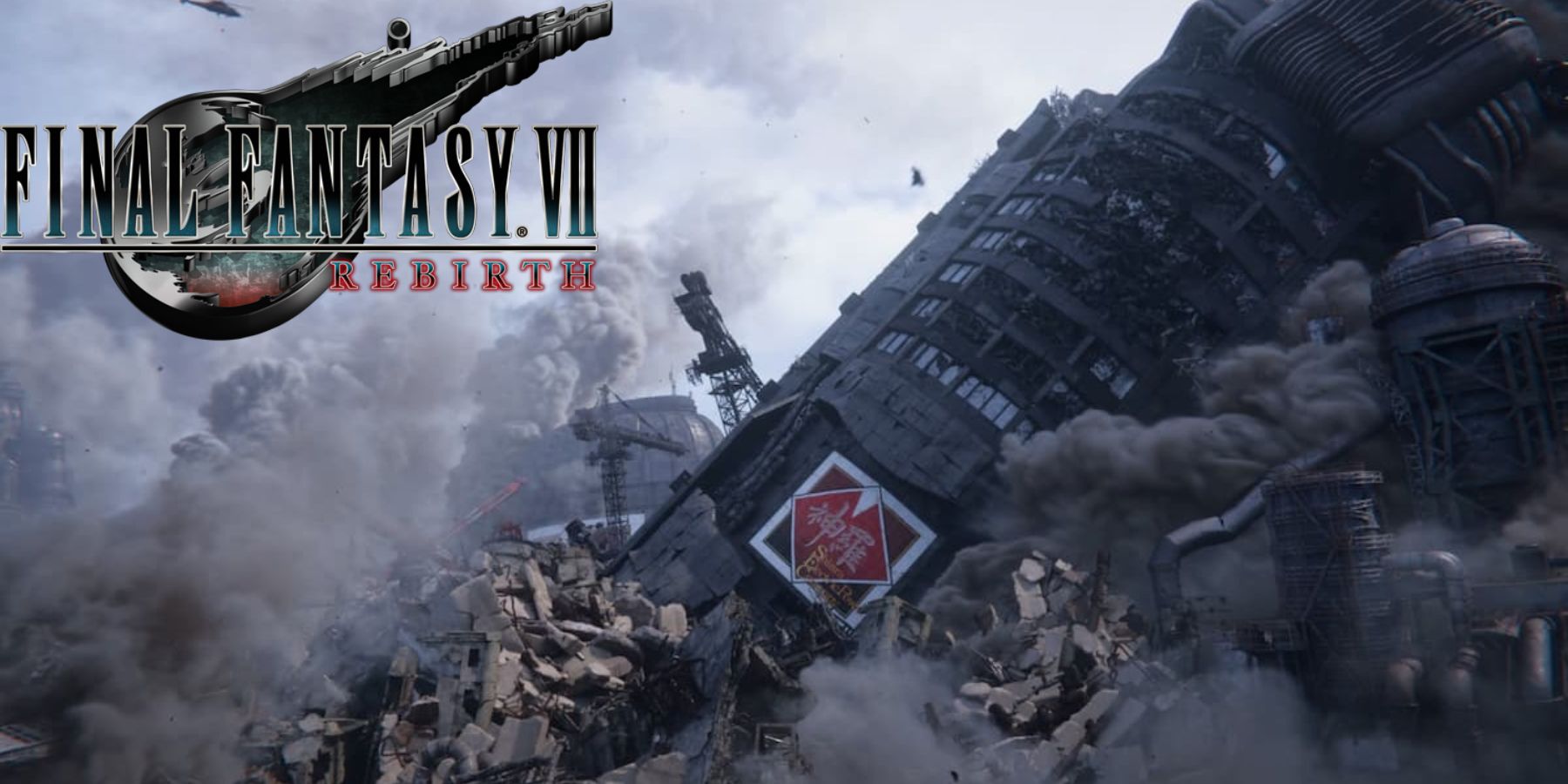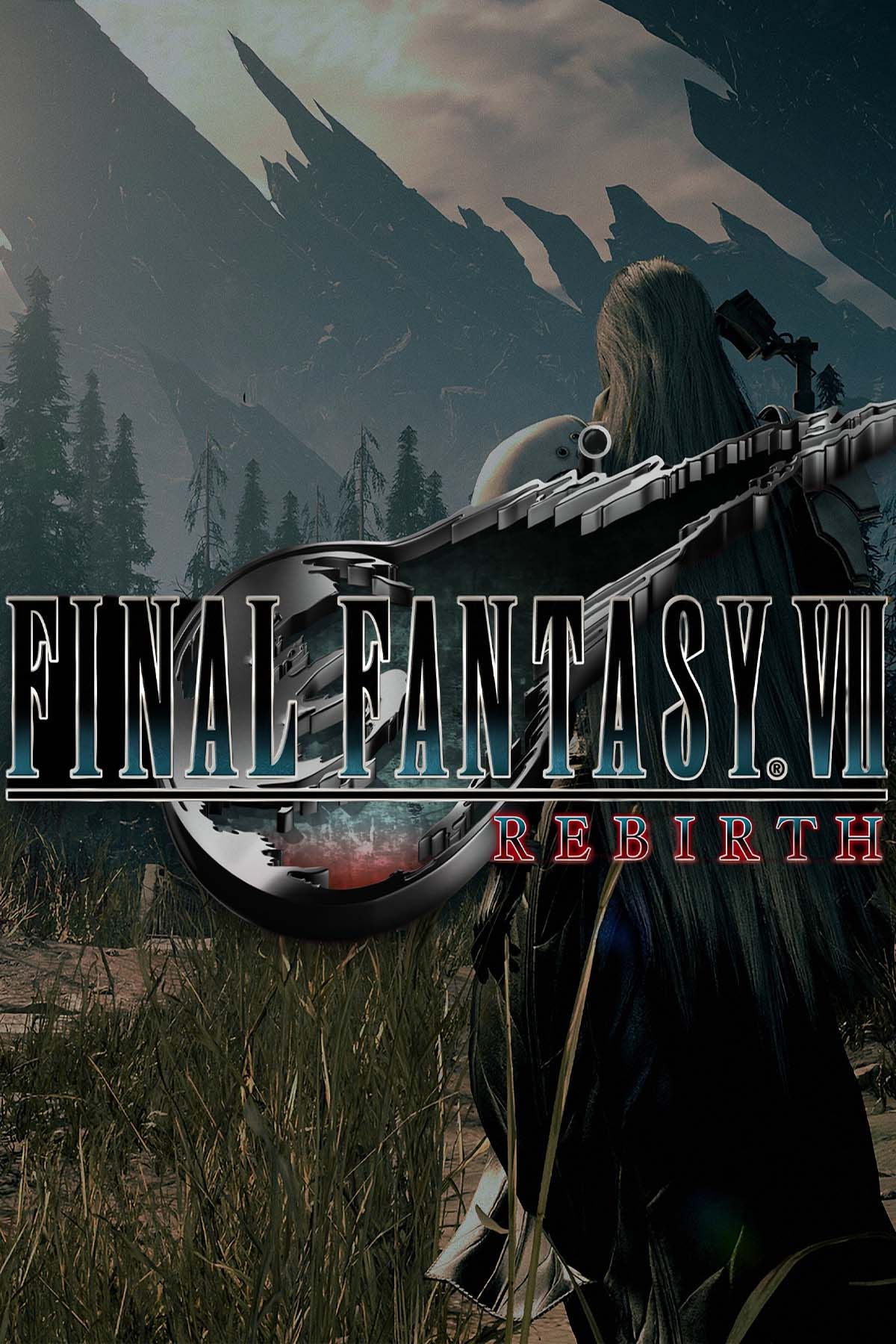Highlights
- Final Fantasy 7 Rebirth puts Shinra's villainy on full display, showing the company's indifference to regular citizens.
- Shinra's influence has spread across the entire planet in Final Fantasy 7 Rebirth, affecting every location negatively.
- Square Enix's decision to split the Final Fantasy 7 remake into three parts allows for deeper exploration of themes and the world.
The Final Fantasy franchise is home to countless great villains, from Final Fantasy 6's world-destroying Kefka Palazzo, to Final Fantasy 8's time-traveling Ultimecia, to Final Fantasy 9's neglected Kuja, and that's just scratching the surface. But standing above the rest is Final Fantasy 7, which is home to not just one iconic Final Fantasy villain, but three, including the One-Winged Angel himself, the horrifying Jenova, and the entirety of the Shinra Electric Power Company, all of whom are given even more time to shine in Final Fantasy 7 Rebirth.
Though Square Enix's decision to split its Final Fantasy 7 remake into three parts still proves to be a controversial one all these years later, it does allow each game in the series to explore its themes and world much more than the original 1997 Final Fantasy 7 ever could. While it got plenty of screen time in the last game, Shinra is back with a vengeance in Final Fantasy 7 Rebirth, and Square Enix isn't afraid to delve into just how dark this company can get.
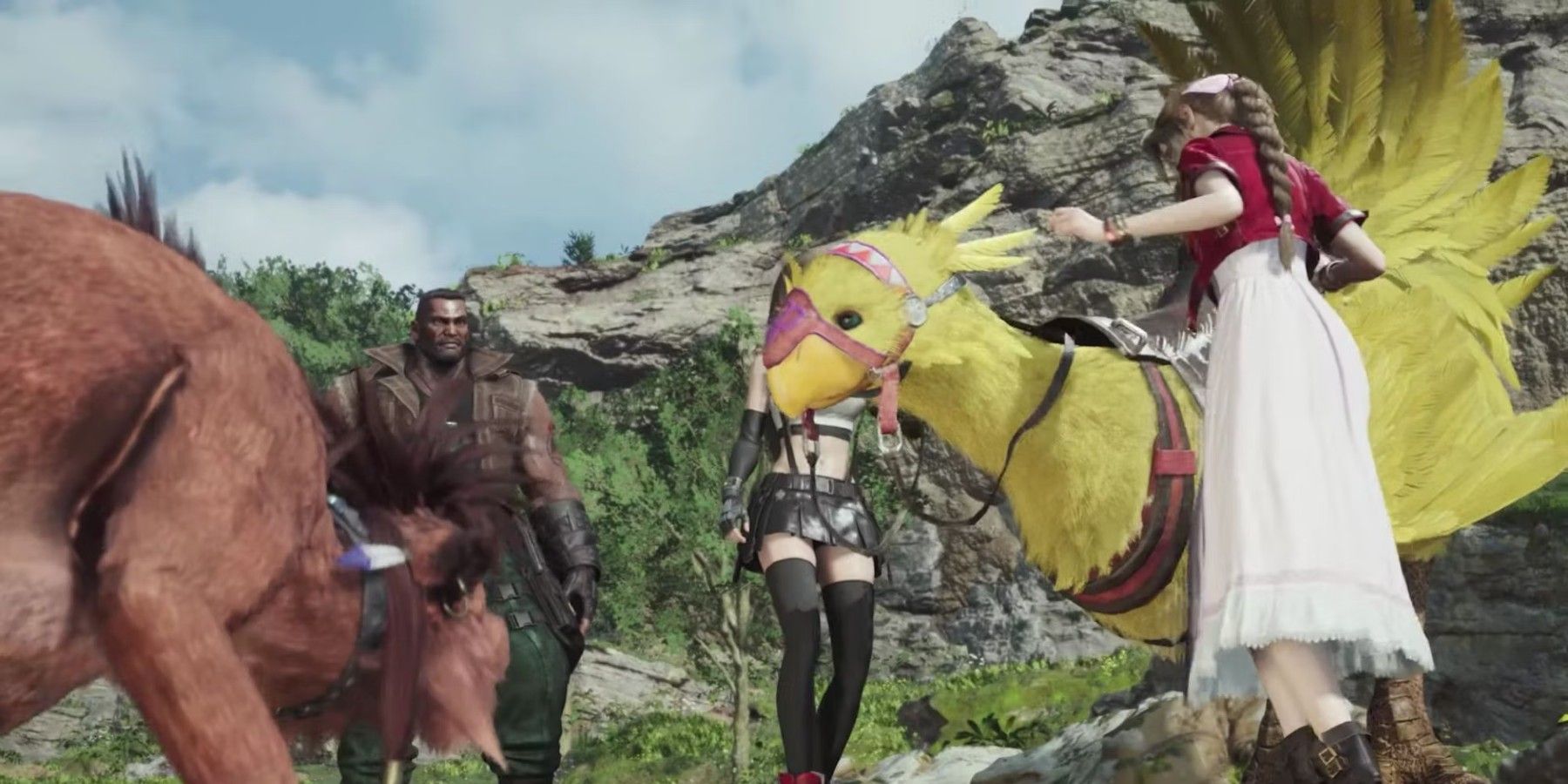
Final Fantasy 7 Rebirth Goes a Long Way In Improving One of the Original's Underdeveloped Characters
Final Fantasy 7 Rebirth's updates to its source material give one character in particular a chance to shine brighter than in the original game.
Final Fantasy 7 Rebirth Highlights Shinra's Villainy
Final Fantasy 7 Rebirth Shows Shinra's Indifference to Regular Citizens
Throughout Final Fantasy 7 Remake, it's made abundantly clear that Shinra is a truly evil corporation, from its repeated attempts to capture and murder the game's protagonists, to its unflinching decision to drop a whole Midgar plate on top of the Sector 7 slum, to its continued efforts to drain the planet of all its natural resources. But somehow, Final Fantasy 7 Rebirth manages to show an even darker side of Shinra, this time really doubling down on the company's indifference towards the average citizen of the planet.
The first real hint players get of this in Final Fantasy 7 Rebirth is during the game's second chapter. Taking refuge in Kalm, Cloud and the rest of FF7's most-wanted crew are in the middle of figuring out the next phase of their journey before being interrupted by a sizable Shinra aerial force. In a short but impactful cutscene, players watch as Shinra's gigantic aircraft hovers above the town, deploying hundreds of paratroopers that descend upon the peaceful village and sow chaos, all in an attempt to find just a handful of people.
Shinra's reign of misery becomes even clearer when players get to Junon. A gigantic Shinra fortress adorned with an absurdly large cannon, Junon was built directly on top of an old fishing village. When players arrive in the village now retroactively named Under Junon, they're told that Shinra has essentially destroyed the town's livelihood. Its gigantic metal fortress above them blocks out the sun's light; that and pollution have also driven the fish out of the area completely.
Shinra's Influence Has Spread Across the Planet
Shinra's grim influence isn't just localized to the areas surrounding Midgar. As players continue to explore the various regions of Final Fantasy 7 Rebirth's planet, they'll quickly find that Shinra has affected pretty much every location that they go to, always in a negative way. Barret's hometown of Corel became the home of an early Mako reactor, and when an old version of Avalanche sabotaged it, Shinra retaliated by burning the town to the ground. Nibelheim is another area forced into chaos due to Shinra's actions, with its own Mako reactor being the home to some heinous experiments. No matter where players go in Final Fantasy 7 Rebirth, Shinra is always there, in one form or another.

